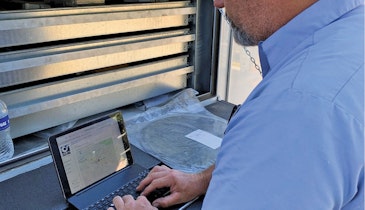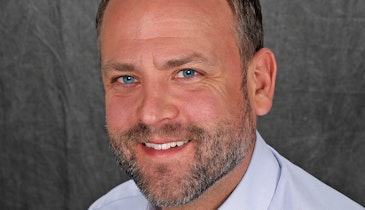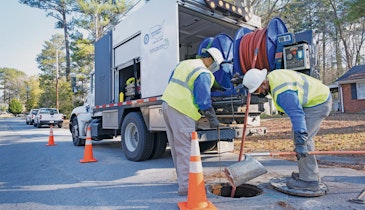Can’t sleep? Take two and call me in the morning,” says Greg Quist, president and CEO of SmartCover Systems LLC. The protection of public health is a daunting responsibility for anyone. It’s made even more challenging by the fact that one of the main sources of that protection — sanitary sewer systems — are uncontrolled, unmonitored and out of sight.
Everything and anything can end up in sewer systems — fats, oils, greases, tree roots, nondegradable wipes, stormwater, you name it.
The trouble is, you don’t know what people will throw into the system, and by the time you do, there’s a public health concern flowing right down the street. When it reaches the river or soaks into the ground, it becomes an environmental concern too.
Sewer overflow problems
The U.S. EPA estimates approximately 75,000 sanitary sewer overflows occur annually in the country, resulting in the discharge of about 900 billion gallons of untreated wastewater. That’s a lot of sewage in our environment. The result is exposure to contaminated recreational waters from sanitary sewer overflows and combined sewer overflows contributes to up to 3,700 illnesses a year.
And it’s getting worse, according to Quist. “Our aging sewer infrastructure is straining under the increased demands of population growth and increasingly severe storm events. It’s enough to keep anyone up all night.”
Fortunately, he says, there is a prescription. “Advances in monitoring and communications technologies are now affordably available to offer insight into our sewer collection systems.
At SmartCover Systems we combined robust sensing devices and satellite communication capability with analytics and event-notification platforms to give you peace of mind about the real-time condition of your sewer system.”
With strategically placed SmartCover System sensors, utility workers can get a real-time view into the status of this vital network in a city, identifying blockages before they overflow onto the street, detecting stormwater infiltration before it overwhelms defenses, and locating surging sewers before they back up into customers’ homes.
“By truly understanding the dynamic conditions existing in your sewer systems, you can make more informed, proactive, data-driven decisions to maximize the capacity of your built infrastructure to protect public health,” says Quist.
Advancing technology
The recent EPA report titled “Smart Data Infrastructure for Wet-Weather Control and Decision Support” highlights the potential for advances in smart-data infrastructure to leverage hardware, communication and management analytics to provide real and tangible benefits to utilities.
More than 350 communities around North America have joined this data-driven movement and are now taking control of their collections systems, according to Quist.
The simplicity of strategic monitoring of critical areas has yielded significant results. For example, in Hawthorne, California, using its two-man crew combined with SmartCover Systems’ real-time monitoring technology covering 2.5 percent of the manholes has virtually eliminated sewer overflows in its collections system, saving an estimated $2 million in fines and mitigation costs since 2006.
“Wrap yourself in the SmartCover Systems security blanket and rest easy,” says Quist. “Get a good night’s rest. We’ve got you covered.”
SmartCover Systems is a leader in providing monitoring solutions for water and wastewater applications. With a focus on customers gaining collections system visibility, the company’s Internet of Things solutions are achieved with remote sensor systems continuously measuring, acquiring and communicating data via advanced satellite communications.
760-291-1980 | sales@smartcoversystems.com





